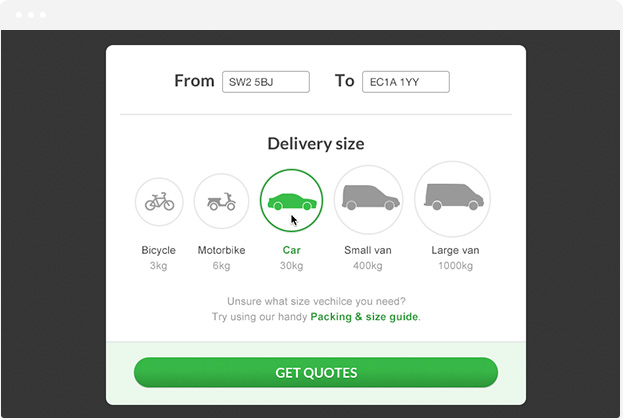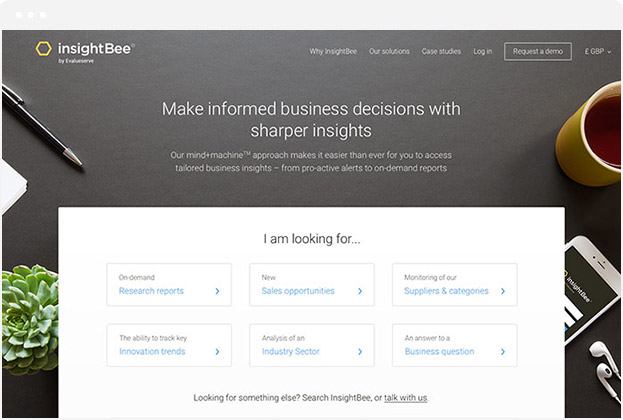Usability Testing Services
There's immense value in observing people using your website/app for the first time.
You can design and build sites and services with all the good will and experience in the world, and it can still totally go over the head of a user.
User Experience design is all about creating usable and understandable experiences, but it’s mostly built upon knowledge and best practice. It’s very possible to be too close to something and not realise how others may interpret it differently, or overlook a detail that affects the UX in way you could not anticipate.
Usability and user testing allows you to test drive your service/app/website before release, to ensure any conversion critical interactions are understood and completed without impediments.
There are many methods and scales of usability and user testing that can be employed. There’s no right answer for any given project – it’s often a case of what portion of the budget can realistically be assigned, but it’s always worth doing testing if only on a small scale in our opinion.
It’s not all about observation, it’s just as important to know what a user did and why they did it, often users don’t know themselves. That’s where detailed analysis of the results help us better understand what we need to adjust in order to reduce the friction encountered and create a better experience.
There’s also conversion optimisation whereby we can analyse the existing traffic flows and make some informed decisions based on paths and actions through a site or service. The results either allow more informed decisions to be made about design or development adaptations or may warrant running split tests thereafter to test several hypotheses and choose the one that performs the best.
How We Work
Many clients simply wish to optimise existing products, services or websites; making small adjustments to user experience features. Some may want to improve statistics, such as bounce rates, conversion or dwell time. Others have new products that bring something new to the market and need to test assumptions about the concept or details of the solution we help design. We understand that not every client or project is the same, which is why we offer a range of usability testing services. We don’t offer user testing in isolation, we only carry it out as part of a broader UX design project.
Our USPs & Key Benefits
It’s always a good idea to have a fresh set of eyes look over any work. Clients come to us for user testing services because we have an in-depth knowledge of user experience. Our testing team is skilled in knowing where to look for problems. As this is what we do on a daily basis, we know where the pitfalls of UX lie. That gives us a clear insight and advantage when testing the work and designs of outside parties
Our Process
Testing is something we’re very passionate about, and it comes across in our work. The success or failure of a user experience is in the details of every interaction. That’s exactly the level of detail we bring to our usability testing. Whether we’re just testing informally internally, doing genuine user-testing, or performing conversion optimisation testing – we make sure the product we deliver has the best chances of succeeding in it’s market.
Example projects
We do some degree of testing on all work we do, even if it’s just internal testing with clickable prototypes – it all counts and contributes to the final product. The following projects are recent examples of work where usability or user testing played a significant role.

A product which pivoted an existing business model, moving a B2B delivery service to a more C2C focussed app. Adopting an agile work ow with Pivotal Labs we moved the idea through conception, wireframes, user-testing, design and build to create a functional responsive web-app in 9 weeks. Shutl have since been acquired by eBay.
Other services you may be interested in
Contact us about your project
Thank you for your enquiry.



